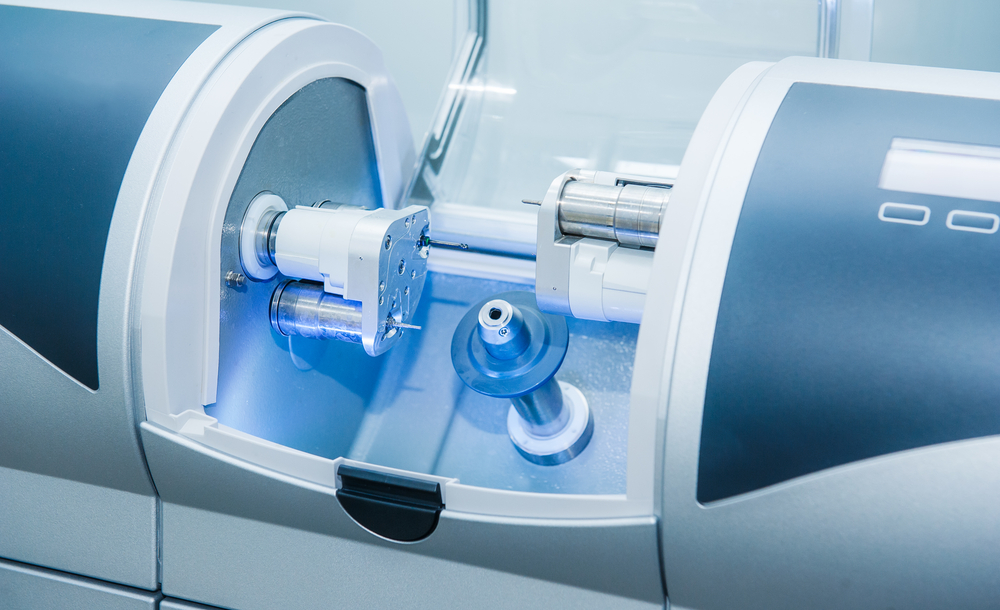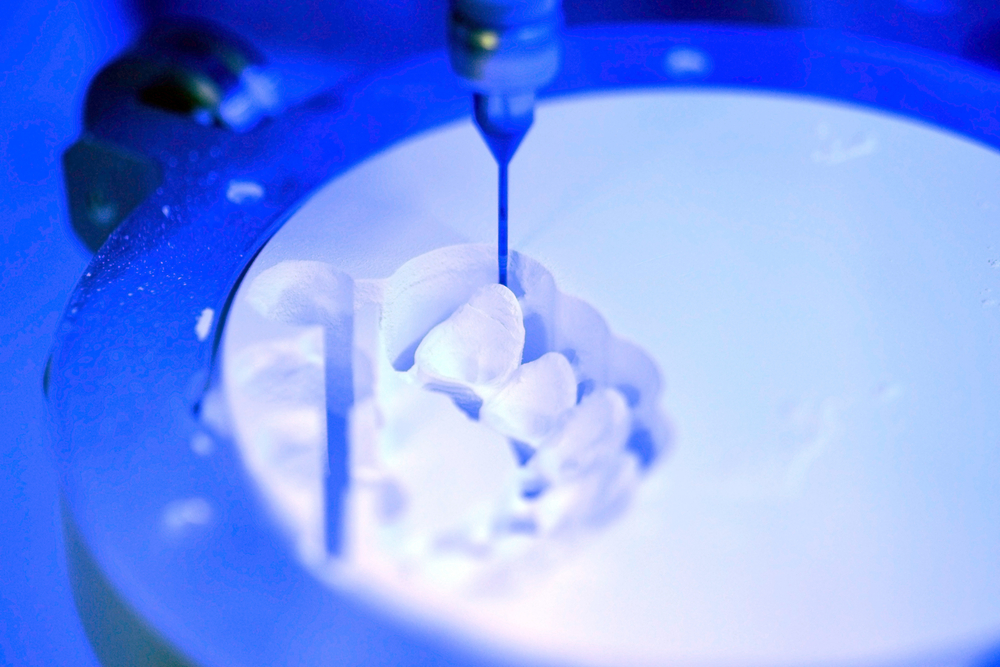
The 36th International Dental ConfEx CAD/CAM Digital & Oral Facial Aesthetics - CAPPmea is an essential event in the dental industry. It is a must-attend gathering that brings together dental professionals, experts, and international speakers. After years of individual success, the Aesthetic and Digital events have merged to create a comprehensive experience. Scheduled for October 27-28, 2023, at the Madinat Jumeirah Arena & Conference Centre in Dubai, UAE. This two-day scientific conference and exhibition will host over 5,000 dental professionals.
This event unites professionals under the banner of Aesthetic and Digital Dentistry. Attendees can participate in hands-on training courses, engage with poster presentations, and explore exhibition training zones.
The conference features prominent sub-events such as:
- the CAD/CAM & Digital Dentistry Conference & Exhibition,
- Dental Facial Cosmetic International Conference & Exhibition,
- Digital Orthodontics Symposium (DOS),
- Pediatric Dentistry Symposium (PDS),
- Dental Hygienist Seminar (DHS),
- and Dental Technician International Meeting (DTIM).
Edison Medical as a Participant in The 36th International Dental ConfEx
Edison Medical’s participation in The 36th International Dental ConfEx CAD/CAM Digital & Oral Facial Aesthetics - CAPPmea holds significant importance in the realm of dental technology and innovation.
Our presence showcases cutting-edge products that are at the forefront of modern dental practices. Some of our diverse CAD CAM Digital Dentistry equipment:
- CAD/CAM Ti-Base,
- Healing Abutments,
- Ti Base Abutment,
- Healing Cap,
- Implant Analog,
- Implant Healing Cap,
- Healing Cap Implant,
- and Dental Implant Tools.
The Importance of CAD CAM Dentistry Conference in Implant Dentistry
The 36th International Dental ConfEx CAD/CAM Digital & Oral Facial Aesthetics - CAPPmea plays a significant role in the implant dentistry field. By merging Aesthetic and Digital events, this conference offers a holistic perspective on dentistry. For implant dentistry, this integration is crucial as it highlights the relationship between aesthetics and technology in achieving optimal implant outcomes.
Moreover, the international nature of the conference means that implant dentists gain insights into practices and innovations from around the world. Understanding global trends and techniques is important for implant dentistry. It allows practitioners to adopt best practices and offers internationally recognized standards of care.
Furthermore, the inclusion of hands-on training courses allows practitioners to familiarize themselves with the latest tools and technologies. While the conference encompasses various sub-events, specific symposiums like the Digital Orthodontics Symposium and Dental Technician International Meeting can have direct relevance to implant dentistry. These specialized sessions might explore topics such as digital implant planning, prosthodontics, and implant-supported restorations.
How Does CAD CAM Digital Dentistry Serve Today’s Dental Practices?

The digital system, CAD/CAM, combines hardware and software to make it easier to design and create dental restorations. It has become an essential component of contemporary dentistry. It enables specialists to produce high-quality dental prostheses more accurately and quickly.
What is CAD/CAM Technology?
CAD/CAM (computer-aided design and computer-aided manufacture) is a technique used in dentistry and prosthodontics to enhance the design and production of dental restorations, particularly dental prostheses. Such as inlays and onlays, dental implant-supported crowns and bridges, orthodontic retainers, crowns and partial crowns, fixed bridges, and veneers.
CAD/CAM Technology has been growing at such a fast pace. According to SkyQuest, “Dental CAD/CAM Systems and Consumables Market size was valued at USD 2.36 billion in 2021 and is poised to grow from USD 2.57 billion in 2022 to USD 5.08 billion by 2030, growing at a CAGR of 8.9% in the forecast period (2023-2030).”
Modern dentistry uses CAD/CAM technology, a fully digital system, to speed up the process of creating dental restorations from scratch. It uses specialized hardware and software to produce high-quality dental prostheses (such as crowns, bridges, veneers, and implant restorations).
xWhat is CAD and What Does it Stand for?
Computer-aided design is the CAD component. It uses sophisticated software to make a computerized 3D model of the dental prosthesis. This computerized model can be altered by the dentist or dental technician to suit the patient's individual requirements and aesthetic preferences.
To guarantee accurate design, the CAD program provides a variety of features. Such as color matching of the natural tooth, occlusion analysis, and virtual tooth libraries.
What is CAM and What Does it Stand for?
The computer-aided manufacturing component of CAD/CAM technology is referred to as CAM. After the digital design is complete, the CAM software turns the virtual model into a real dental prosthesis. This is done by modern manufacturing processes like milling and 3D printing.
The manufacturing equipment is guided to build the restoration with extraordinary accuracy and detail by the CAM software's exact instructions.
What Equipment is Used with the CAD-CAM Technology?
CAD/CAM Digital Dentistry equipment encompasses a variety of essential components vital in modern implant dentistry.
CAD/CAM Ti-Base
The CAD/CAM Ti-Base is a custom-made titanium base that acts as a stable foundation for implant-supported restorations.
Healing Abutment / Implant Healing Cap
Another significant component is the Healing Abutment, a temporary piece placed on the implant post-surgery. Its purpose is to shape soft tissues and guide the healing process.
Ti-Base Abutment
The Ti Base Abutment, made from titanium, connects the implant to the final prosthetic restoration. This CAD/CAM customized abutment provides a tailored foundation for cemented or screw-retained crowns and bridges. This ensures optimal fit and functionality.
Implant Analogs
Implant Analogs, on the other hand, are replicas of the implant fixture used in the laboratory. They simulate the implant position and aid technicians in designing custom abutments and crowns that precisely fit the patient's implant fixture.
Alongside these components, Dental Implant Tools form an important part of the implant dentistry toolkit. Drills, drivers, implant wrenches, and torque devices, are essential for accurate implant placement, abutment fixation, and securing the final restoration. These CAD/CAM Digital Dentistry equipment pieces play a fundamental role in ensuring the success and aesthetics of dental implant treatments.
How Does CAD/CAM Technology Work?

Dentists can create restorations inside their clinics using CAD/CAM with five simple steps.
Firstly, dentists have to prepare for the restoration. Such as creating space for a dental bridge or shaping a tooth to support a new crown.
Secondly, the dentist takes digital impressions. This entails using a 3D intraoral scanner to create digital impressions of the teeth.
Thirdly, the CAD/CAM designs the restoration using digital impressions.
After that, milling comes into place. It is a technique for manufacturing accurate shapes and sizes. It is best to think of the milling process as a spinning tool to cut the stock material.
Finally, the dentist places the restoration.
What is CEREC Technology?
 Chairside Economical Restoration of Esthetic Ceramics (CEREC) is a CAD CAM Technique for creating dental restorations.
Chairside Economical Restoration of Esthetic Ceramics (CEREC) is a CAD CAM Technique for creating dental restorations.
This process enables dentists to create, manufacture, and place individual ceramic restorations during the treatment (chairside). This is more convenient compared to several appointments with laboratory work in between.
CAD/CAM dentistry entails:
- Digital impression through one or more scans (digital radiographs, CT scans, etc.)
- Designing the restoration through computer-aided design (creation of a 3D model
- Manufacturing the restoration through computer-aided manufacturing (the milling process)
The dental team completes all steps, including digital impressions, computer-based design, and milling.
The dentist uses an intraoral scanner to capture images of the patient's teeth and bite. CEREC software creates a digital model of the teeth, in which the dental technicians use to design the restoration on a computer screen.
The design is sent to a milling machine, where the restoration is carved out of a ceramic block in 6 to 15 minutes. The team adds final touches through painting, polishing, and glazing. The dentist then either cements it traditionally or integrates it adhesively.
Edison Medical at the 36th International Dental ConfEx - CAPPmea
Learn more about CAD/CAM Dentistry during the conference. Find us at the 36th International Dental ConfEx CAD/CAM Digital & Oral Facial Aesthetics - CAPPmea on October 27-28, 2023. The conference will take place at the Madinat Jumeirah Arena & Conference Centre in Dubai, UAE.







